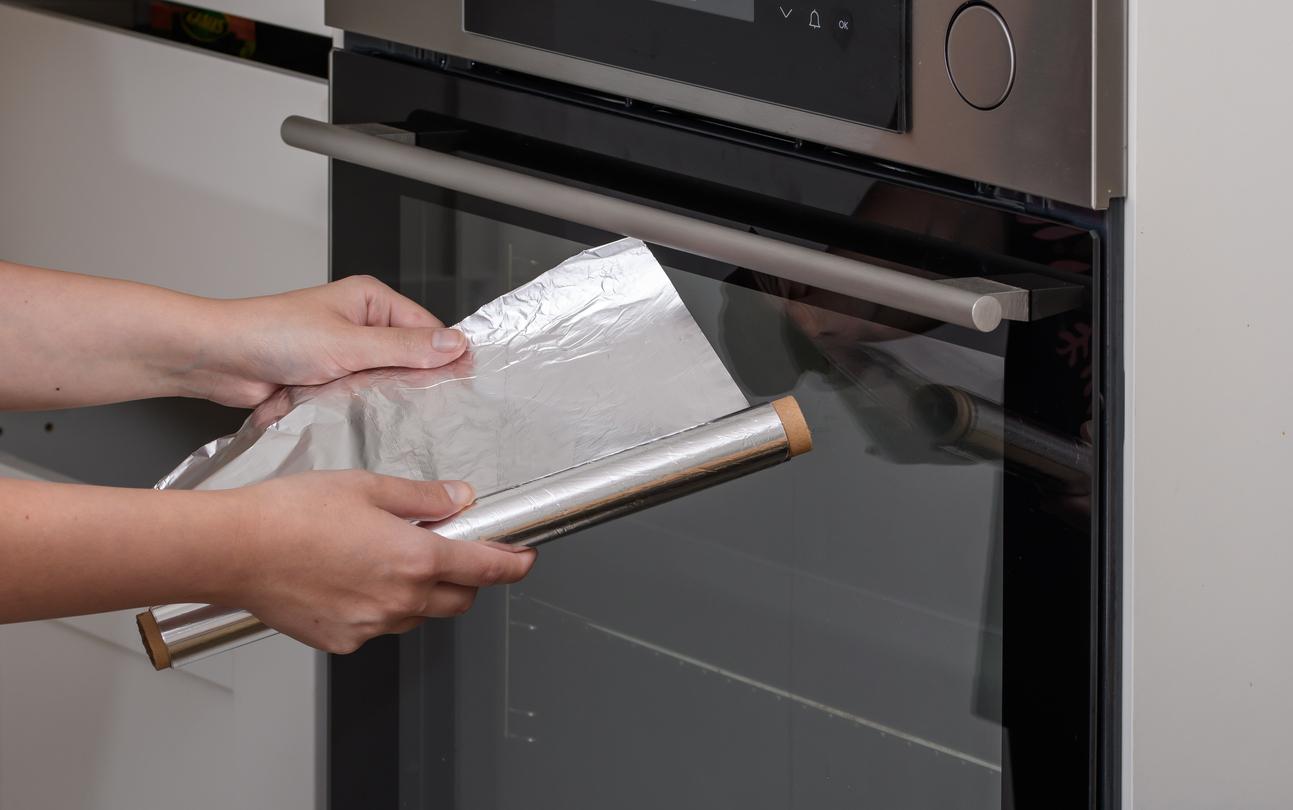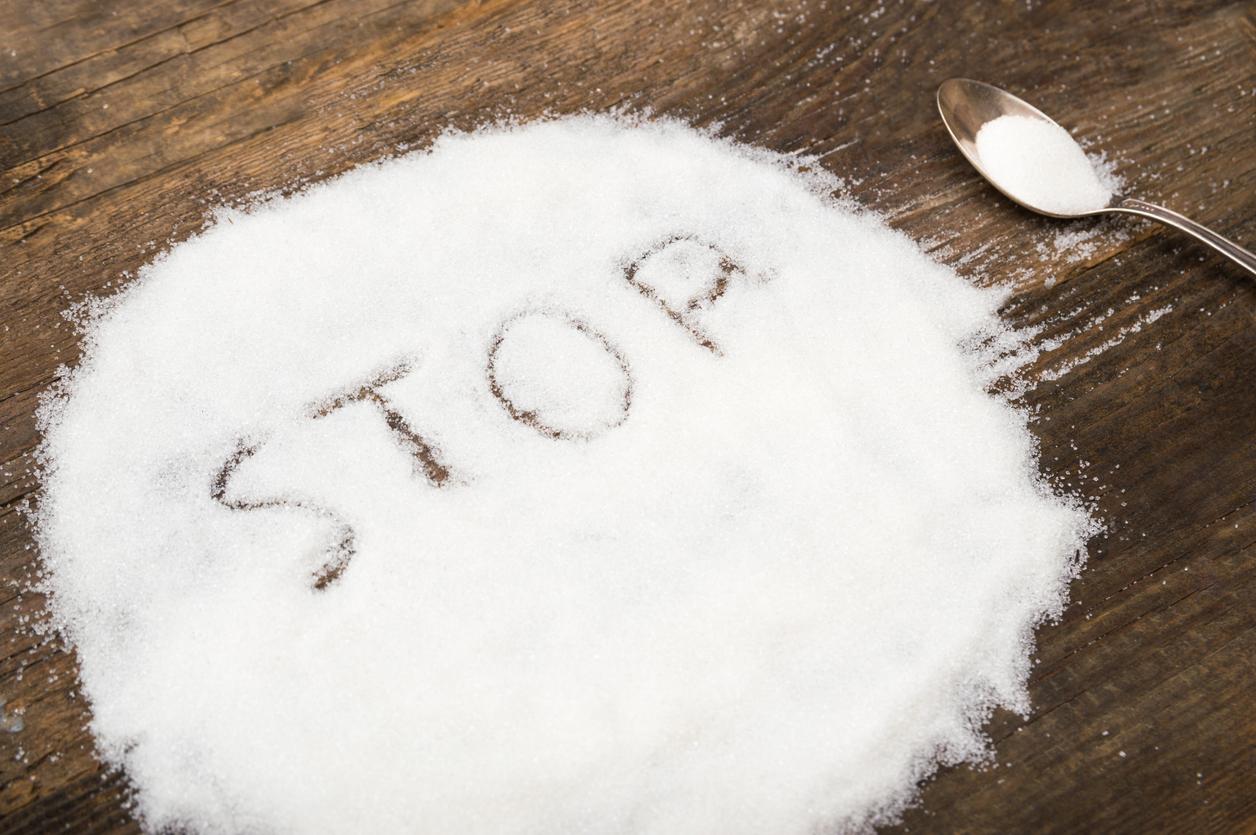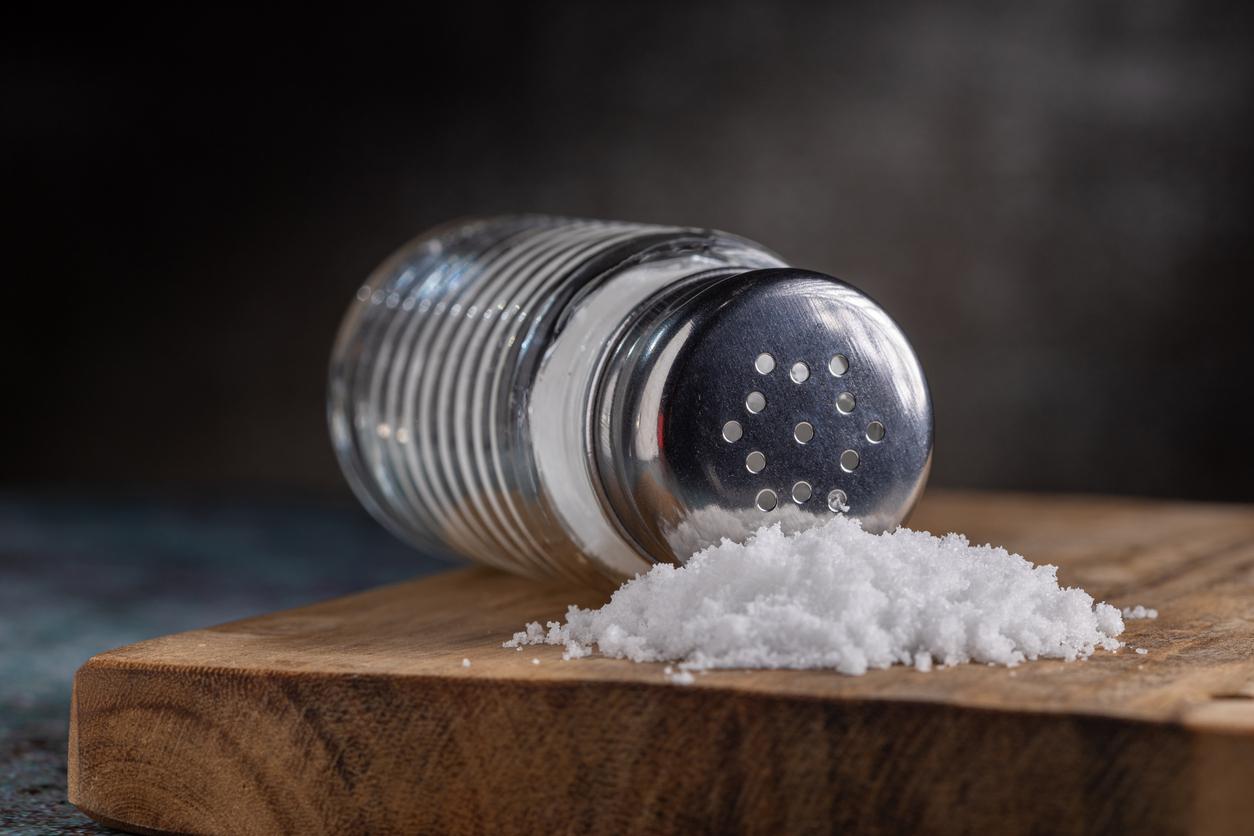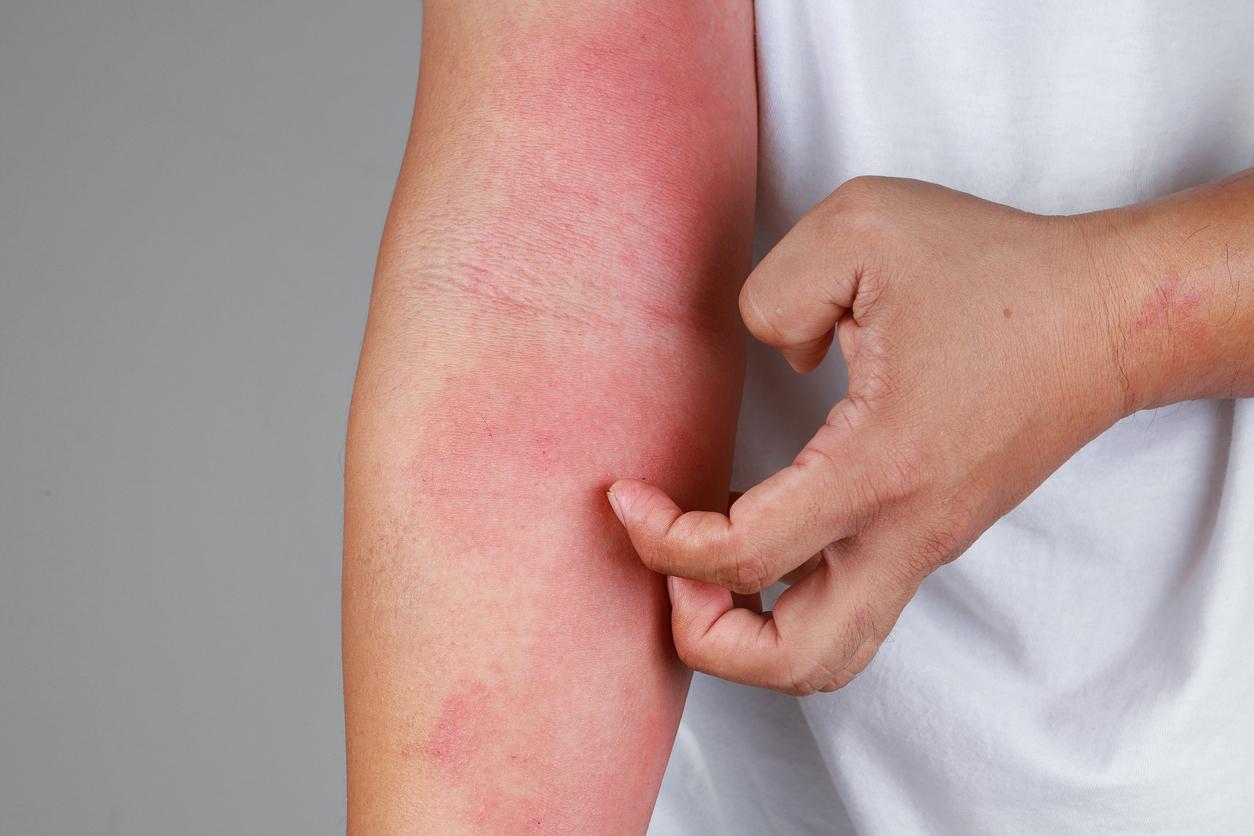Beware of aluminum salts present in your deodorant. This is essentially the message conveyed by the survey of the monthly review 60 million consumers from the April 2012 issue. Out of fourteen antiperspirant deodorants tested by the editorial staff, six references exceed the aluminum rate of 0.6%, the ceiling recommended by the health authorities.
Aluminum salts are widely used in antiperspirant deodorants because they effectively reduce sweat secretion by reducing the diameter of the pores of the skin and reducing the flow of perspiration. Problem, beyond a certain concentration, aluminum salt could be dangerous for health. By crossing the skin barrier, they are suspected of promoting certain cancers, particularly of the breast. In addition, thealuminum would be potentially toxicfor the nervous system and for the bones and could cause anemia, warns 60 million consumers.
If these are only simple hypotheses which have so far never been scientifically corroborated, Afssaps has nevertheless preferred to play the prevention card. In a report on the assessment of the risk associated with the use of aluminum in cosmetic products, the health security agency recommends a maximum level of 0.6% of aluminum salt in deodorants. A recommendation that is valid on the other hand only on healthy skin. On irritated skin or one that has just been shaved, using an aluminum salt deodorant is definitely not recommended because “the absorption is greater than in the case of normal skin and […] health safety for the consumer is not guaranteed “, quotes 60 million consumers.
What if his deodorant is one of the six brands under investigation? The best thing is to throw away the old one and change the deodorant by switching to certified organic products that exclude all traces of aluminum salt. 60 million consumers goes further by asking that the incriminated products are no longer marketed “if their formula remains unchanged”.
About the alum stone, we prefer natural stone to synthetic alum stone, which would be as controversial as aluminum salt.
>> To read also: Deodorants: what’s the problem with aluminum salts?


















